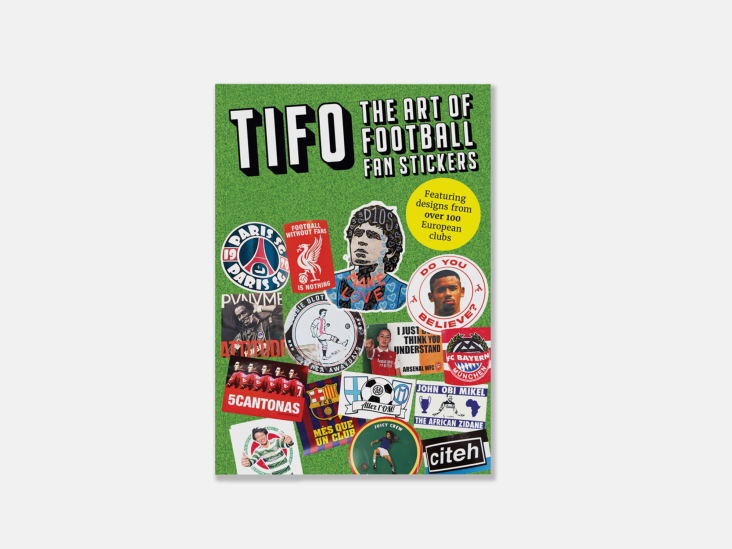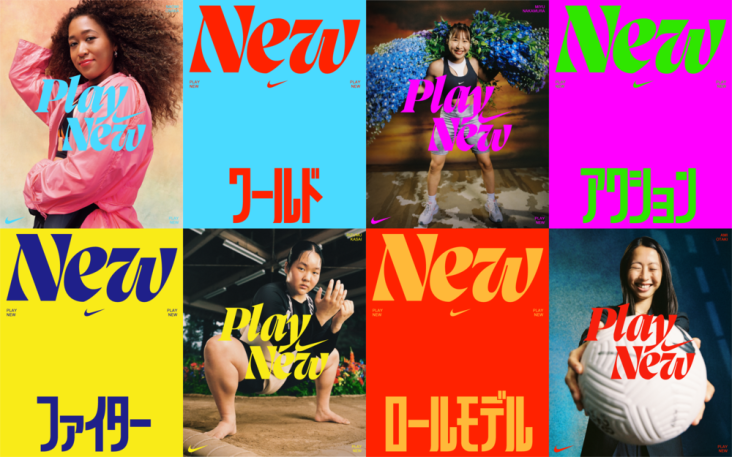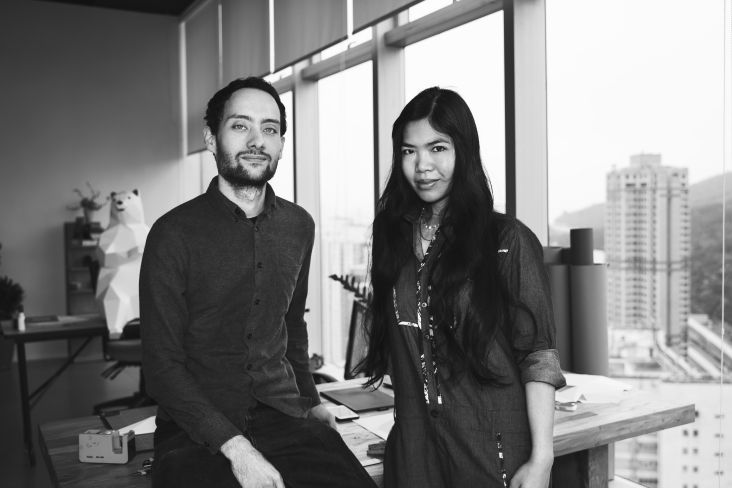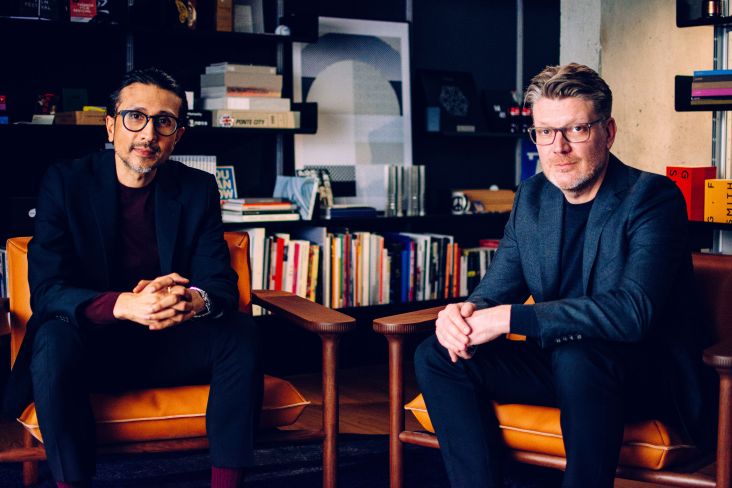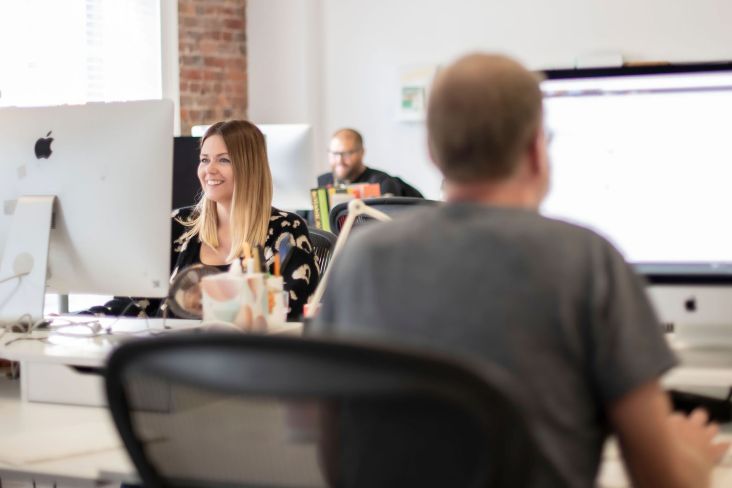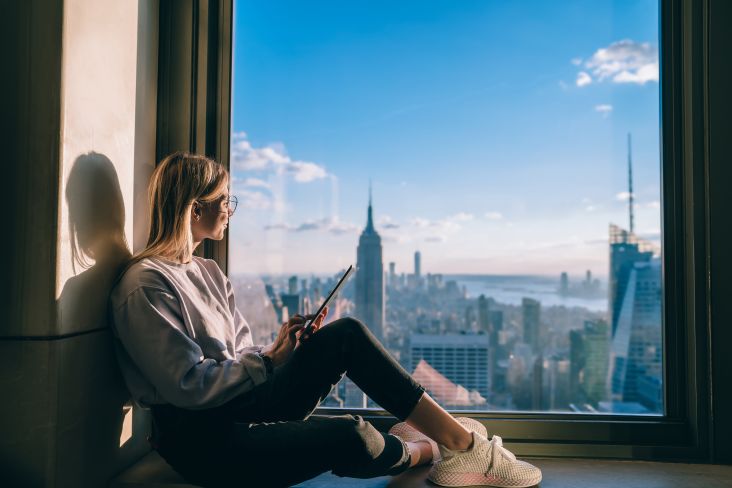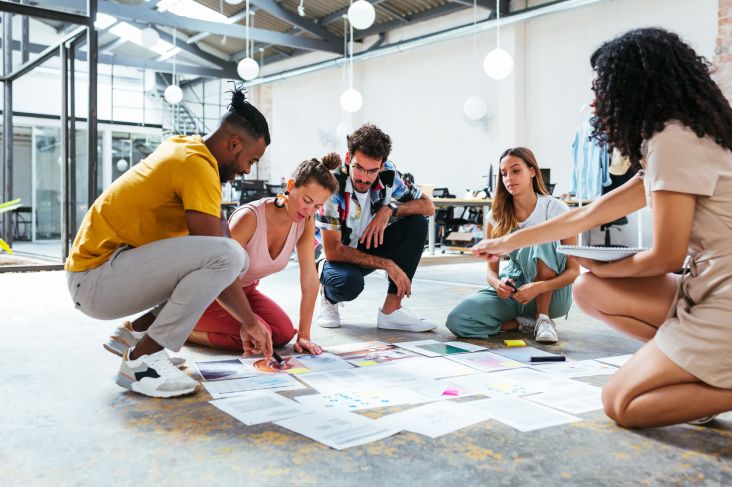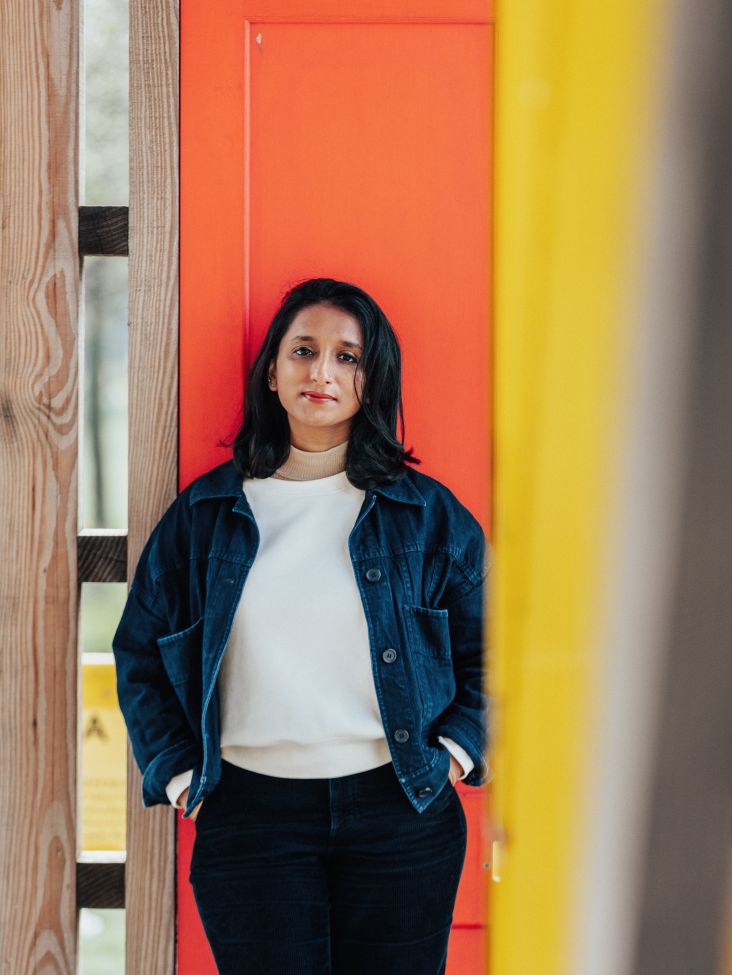How a change in photography can inspire a change in self
Photography isn't just a job or a hobby. If you really dive into it, it can change the way you feel about life and the world in the most profound ways. Part of that is developing skills and experience, but it's also about having the right kit.
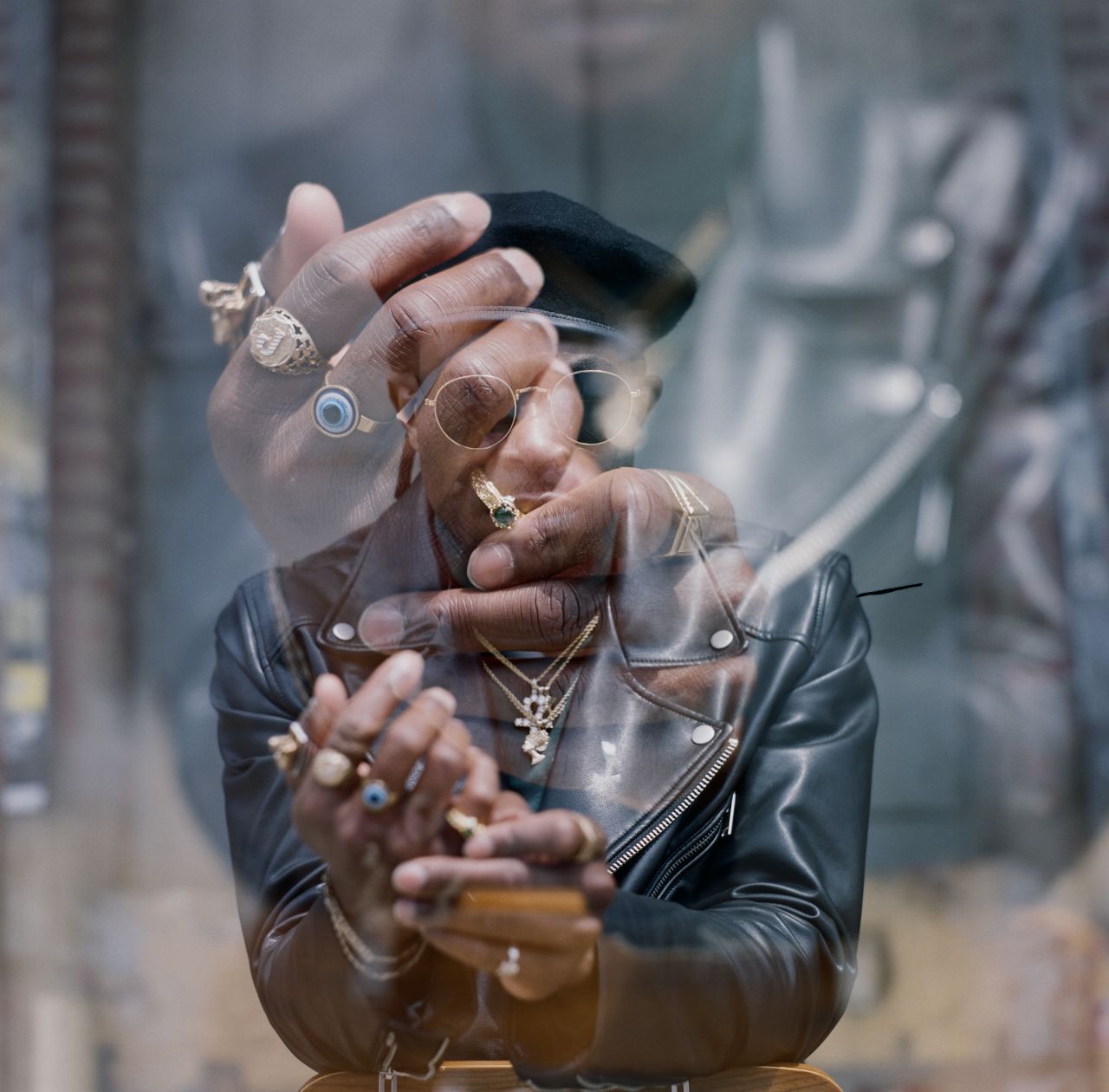
© Ashley Abreu
That's why we've teamed up with MPB, an online platform for used photography and videography equipment, to explore the idea that making a change in your photography can lead to a fundamental change in your life in general.
In this article, we speak to five photographers about their photographic journey, the role that their kit has played, and how their evolving practice has reshaped their lives for the better.
Sade Fasanya: "It's a safe place where I feel at peace."
There are many ways that photography can change your life. For Sade Fasanya, a Nigerian-American visual storyteller based in NYC, it's about achieving an inner sense of calm. "Photography is a form of meditation for me," she explains. "It's a safe place where I feel at peace and limitless in creating. Hearing a shutter close has become one of my favourite sounds."
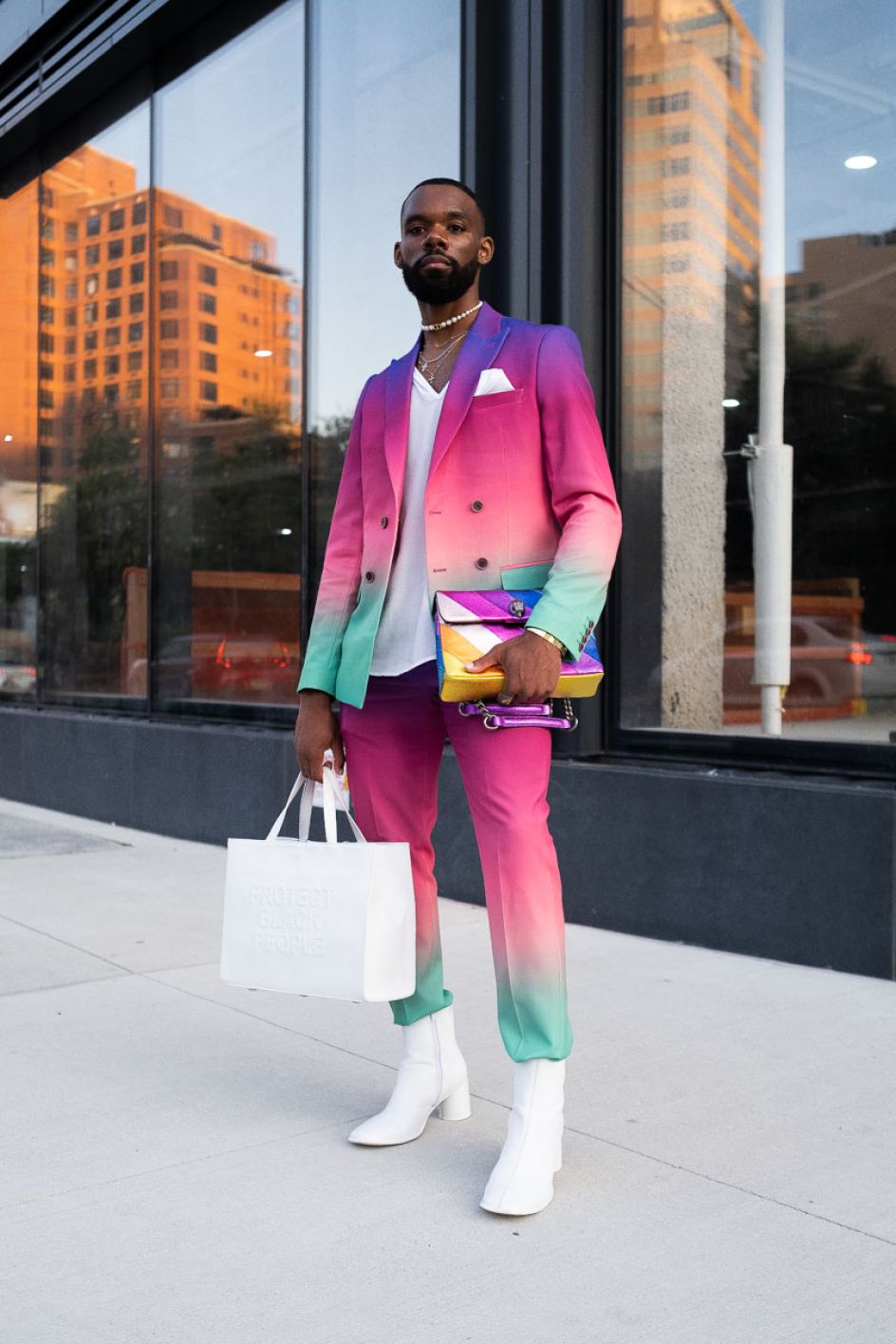
© Sade Fasanya
One of three co-founders of the visual artist collective Souls in Focus, Sade works within different genres of photography, including film, portraiture, street, and documentary style. "My work seeks to share the stories of people embedded in their community and culture," she says. "Many of those visual stories spark conversations that I'm hopeful can spark positive change."
Sade's photographic journey
The equipment Sade uses is central to the success of her practice. "I love the range of my kit. Having both longer and shorter focal lengths allows me to comfortably photograph portraits, street or landscape scenes. The bonus for me is recently diving into film photography this year and experimenting with different film stocks and film cameras."
Her first camera was a Canon Rebel T5 with a 50mm lens, which she used for about three years. And she's happy with how her kit has matured over the years.
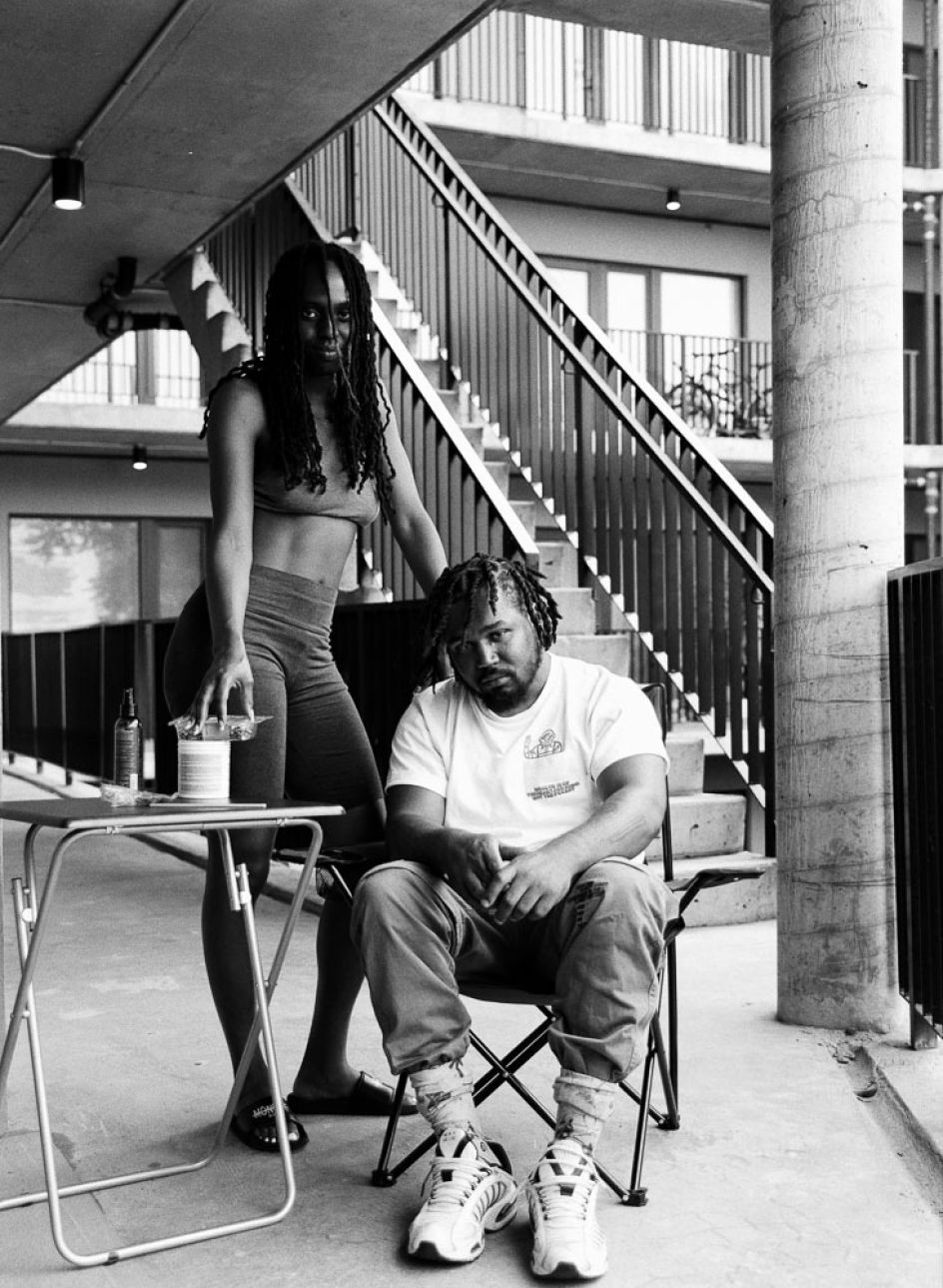
© Sade Fasanya
"I'm currently photographing with a FujiFilm XT3 using a 23mm lens (35mm equivalent on full-frame) and a 35mm lens (50mm equivalent on full-frame)," she reveals. "I've also added some film cameras to my kit, and those include a 35mm point-and-shoot Canon Snappy Lx, Minolta 4000si SLR, and a Pentax 645N medium format camera. I have a range of lenses for the film cameras, including a 55-110mm and 28-70mm."
As her kit has evolved, so has her work. "Within the past two years, I've been working more in portraiture," she says. "When I first started shooting, I was shy to photograph people one to one. As I've become more confident in my skills, as well as sharpening my emotional intelligence, I enjoy connecting with the people I'm photographing and listening to their different stories."
Ashley Abreu: "I call myself a late bloomer."
Another way that photography can change your life is by giving you a unique opportunity to communicate your thoughts and perspectives with others. That's been the case for Ashley Abreu, a photographer of Dominican descent, born and raised in New York City, who specialises in portraits, street photography and cinematography.
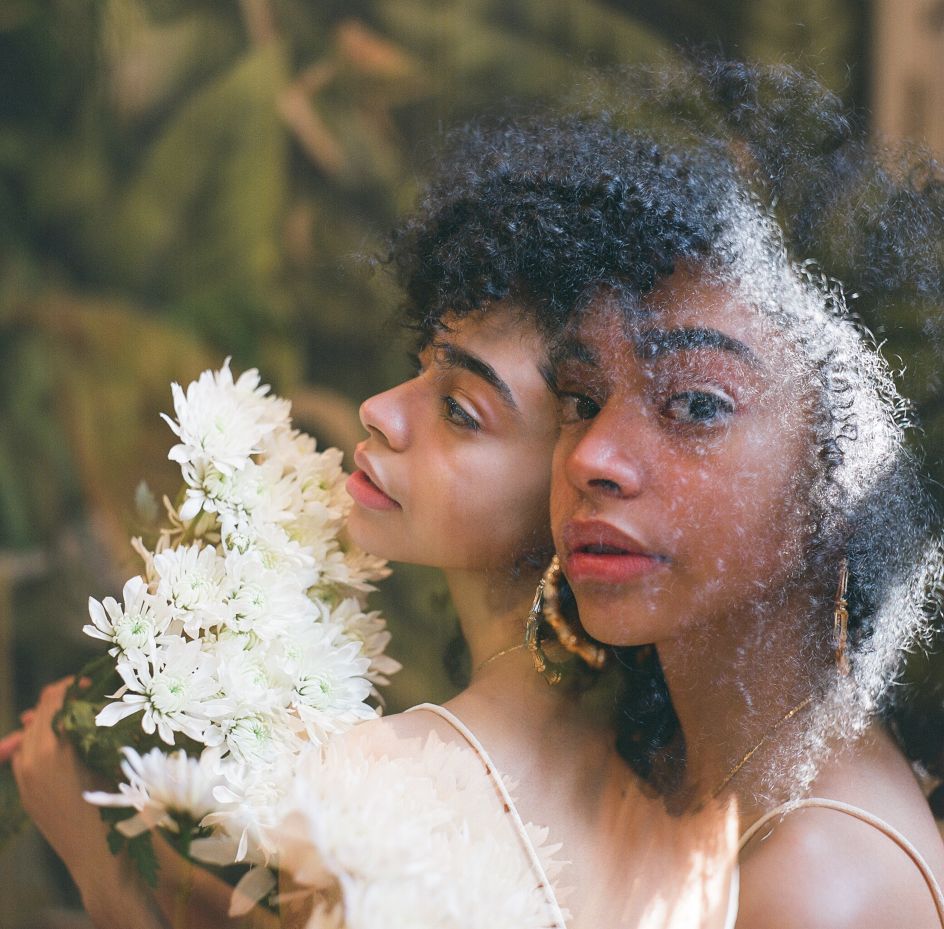
© Ashley Abreu
"Photography has allowed me to express myself in ways I'm not comfortable doing in the non-creative world," she explains. "I never grew up creatively expressing myself. I always suppressed that side of myself. I like to call myself a late bloomer because it took me a while to learn that through photography, I felt confidently free.
"Who I am as a photographer is separate to who I am as a regular everyday person," she adds. "Some of us aren't naturally confident, but when I immerse myself within my photography, I am someone completely different. I am someone who I have always dreamed and wanted to be."
Ashley's photographic journey
Ashley's journey began with her first camera, a Nikon D3200 with a starter lens. "I actually accidentally broke it on the very second week of having it: entirely by accident," she recalls. "After this, a few years had passed, and I was gifted a Canon AE1, which I currently still have but do not use."
Right now, she's using another Canon AE1 (all black), Mamiya C2 and a Sony A7Rii. "Growing up, I have always been obsessed with TLR cameras, in particular, a Rolleiflex," she says. "I settled for a Mamiyaflex once I felt like I was creatively ready to move from 35mm to 120mm. I've been hooked ever since."
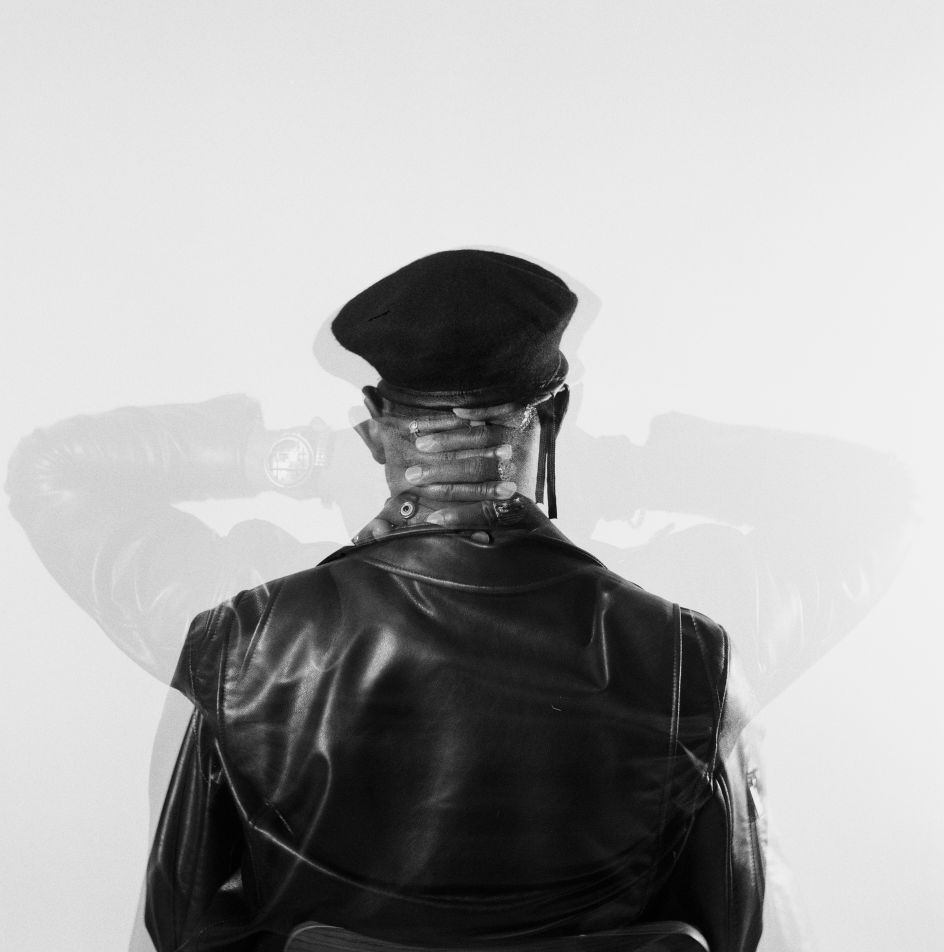
© Ashley Abreu
Ashley first started shooting about six years ago. "All I ever tried to capture was what I saw," she says. "Growing up in NYC, I wanted everyone to see my perspective. I think everyone feels that same way too. But after some time, I realised how powerful my mind and my creativity was. From there, I wanted to help people create worlds where they truly felt invincible.
"Portraiture is where I am now, but I'd like to think that what I'm creating is unique to myself, as well as the person who is in front of the lens. And that it is helping them be more confident with themselves when they see the images and the beauty I can capture. Because without photography, I wouldn't be who I am today."
Michael Pacheco: "It allows me to express my feelings in ways words can't."
For Michael Pacheco, a photographer based in Brooklyn specialising in nightscape, street, and documentary, photography has changed how he interacts with people on an emotional level.
"All too often, feeling in the human experience is something that can be so fleeting; a feeling can come and go as quickly as it is perceived," he explains. "But photography lets us capture the feeling of a moment and store it for the future.
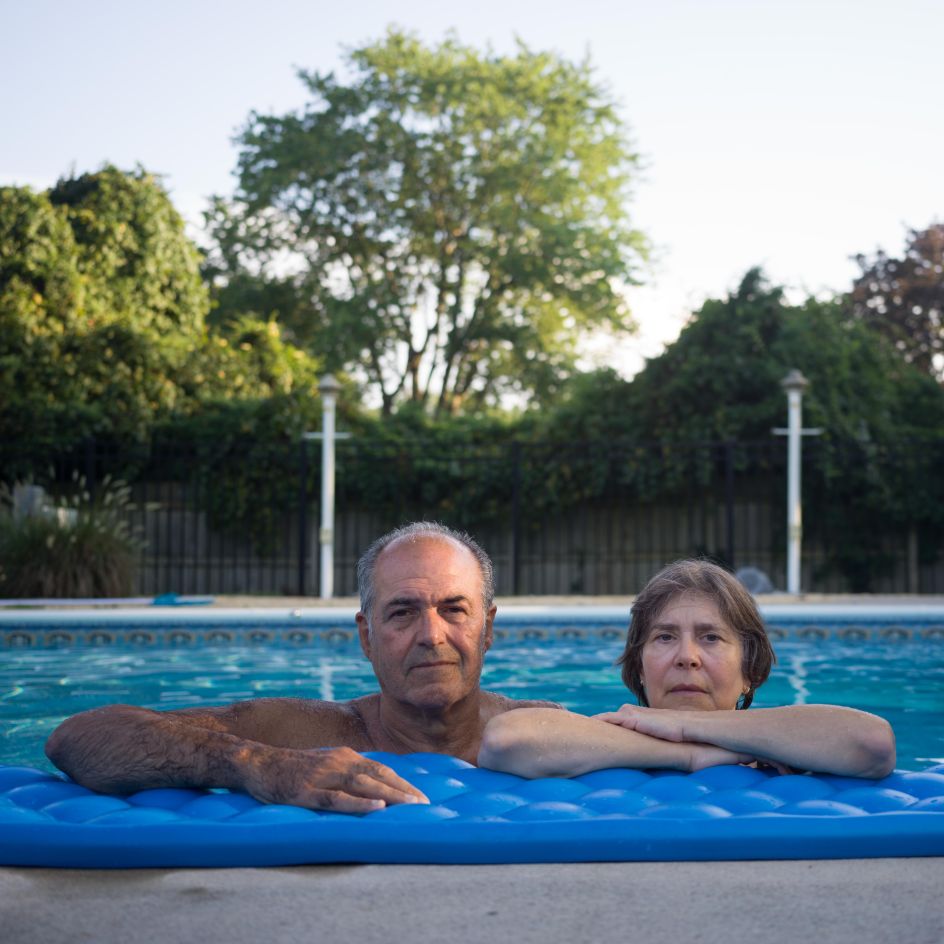
© Michael Pacheco
"For me, photography has changed how I connect with the people and objects around us. It's helped me capture emotions that I thought were uncategorisable and bridge the gap of feelings that lack a translation in English. Like a visual thesaurus, photos have allowed me to express my feelings in ways words simply can't."
Michael's photographic journey
Michael got his first piece of kit, aged 10, a Kodak EasyShare C330. Then, in high school, he purchased his first SLR, a Canon Rebel XS. "These days, my current kit is the Hasselblad X1D with the XCD 45P and the XHC 35-90mm," he says.
"When I look at the kit I'm using today, the first standout is the increase in quality of the image. The Hasselblad X1D has a large, 43.8 x 32.9mm medium format sensor, which allows for a much higher dynamic range and a stunning level of detail that I've never had available to me. It really shows how far digital cameras have come in such a short amount of time.
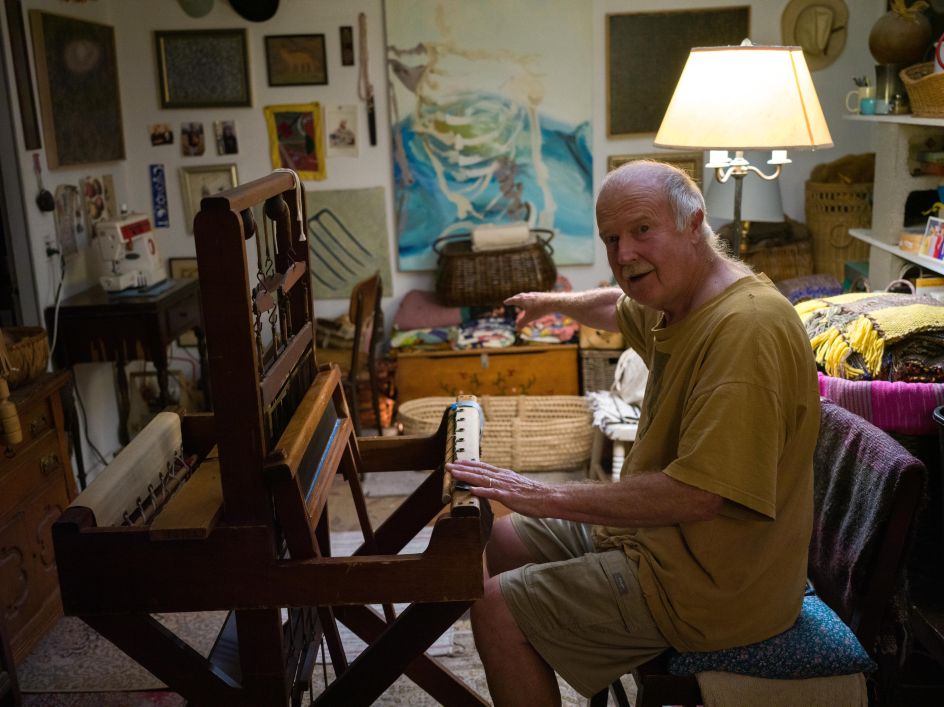
© Michael Pacheco
"I really enjoy the feel of the X1D, the grip is excellent, and with the 45P, the camera is about the same size as a full-frame mirrorless camera," he continues. "The larger sensor really lets me consider my subject and composition in a way that I never had to before.
"I tend to push the sensor to its limits regularly using it handheld in lowlight in excess of 3200iso. Using any other camera this way would deliver missed images, but the X1D has no issue delivering consistent and accurate colour all the way up to 12800iso. This allows me to capture images that I might have otherwise missed."
His personal style, he feels, has remained consistent over the years. "The biggest change in my work comes from my subject matter," he adds. "Six months ago, I was shooting a lot of work in inclement weather at night; currently, I'm finding myself shooting people much more. Wherever the subject, I'll be there to capture it; and knowing that my gear compliments my photographic style, I know I'll never miss a moment."
Kiren: "It constantly changes how I feel."
The way photography changes your life isn't always a "one-and-done" deal. Kiren, a UK photographer living and working in Berlin, says: "Photography constantly changes the way I feel, with the plethora of images floating around and how an image can transport you can be deeply enjoyable and provocative all at once. I don't think it makes me feel one thing, but lots of things."
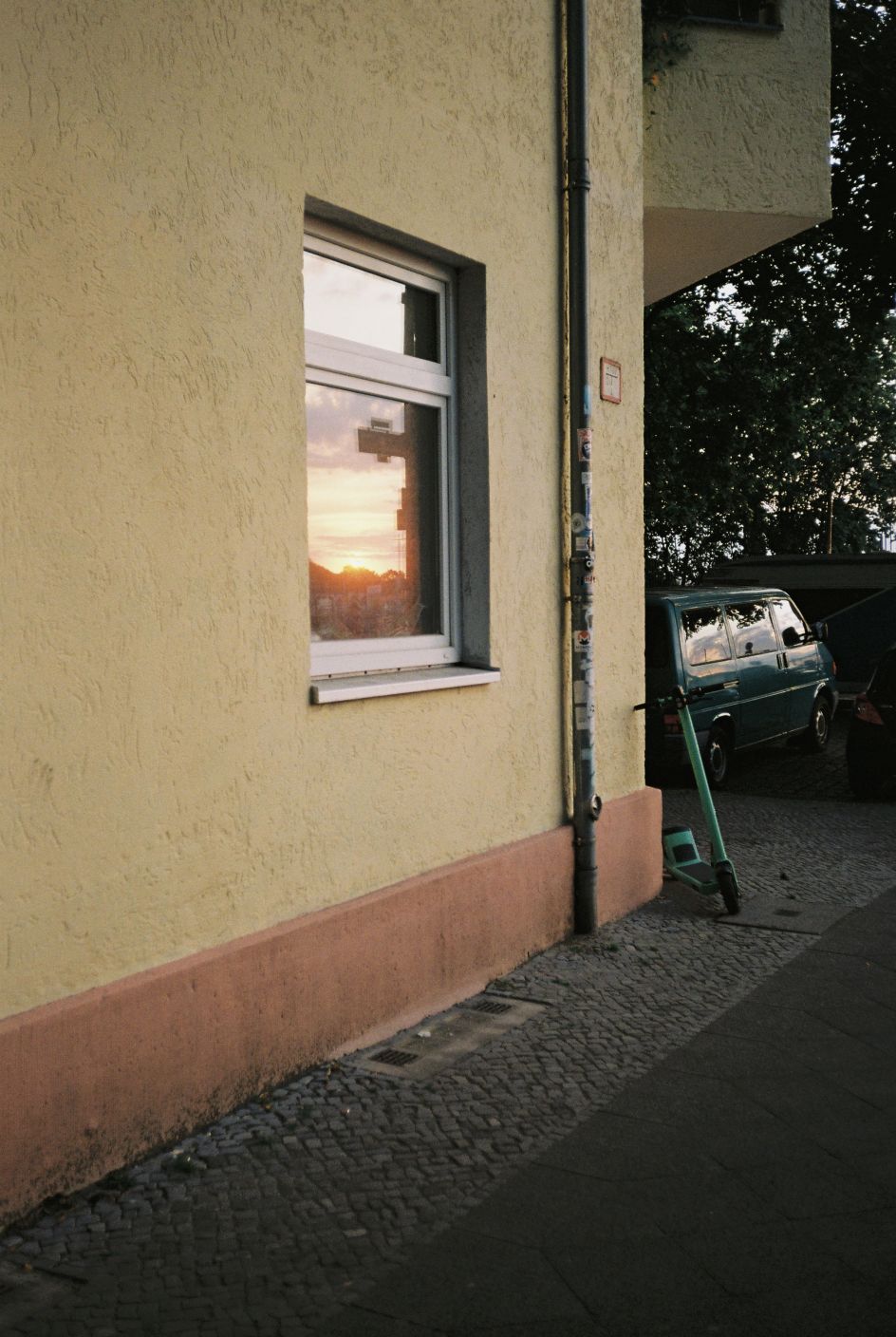
© Kiren
His work today focuses on "lifestyle and whatever interests me in the first world country I live in." Yet, in an era when anyone can take a picture with their phone, Kiren notes that many people no longer see the importance of photography. "But it has this provocative power which can inspire, motivate and transport you to feel and care," he points out.
"Some images make you happy, some make you sad, and some make you contemplate and think. So yes, there are photographers who have made a very important change by what they do and the images they produce."
Kiren's photographic journey
Kiren's first piece of kit was a point and shoot digital Kodak camera his family got him for Christmas. "It came with a cute little printer which was great," he recalls. "But the first proper piece of kit I brought was a Canon 1100D with a kit lens."
Nowadays, he predominantly shoots film, and his main two cameras are a Nikon FA and Mamiya 645. "The thing I love about the gear I use today, "he says, "is the simplicity of these cameras. Shooting film, you really slow down and have to chase the light. It really creates a sense of nostalgia, and I love old things that stand the test of time."
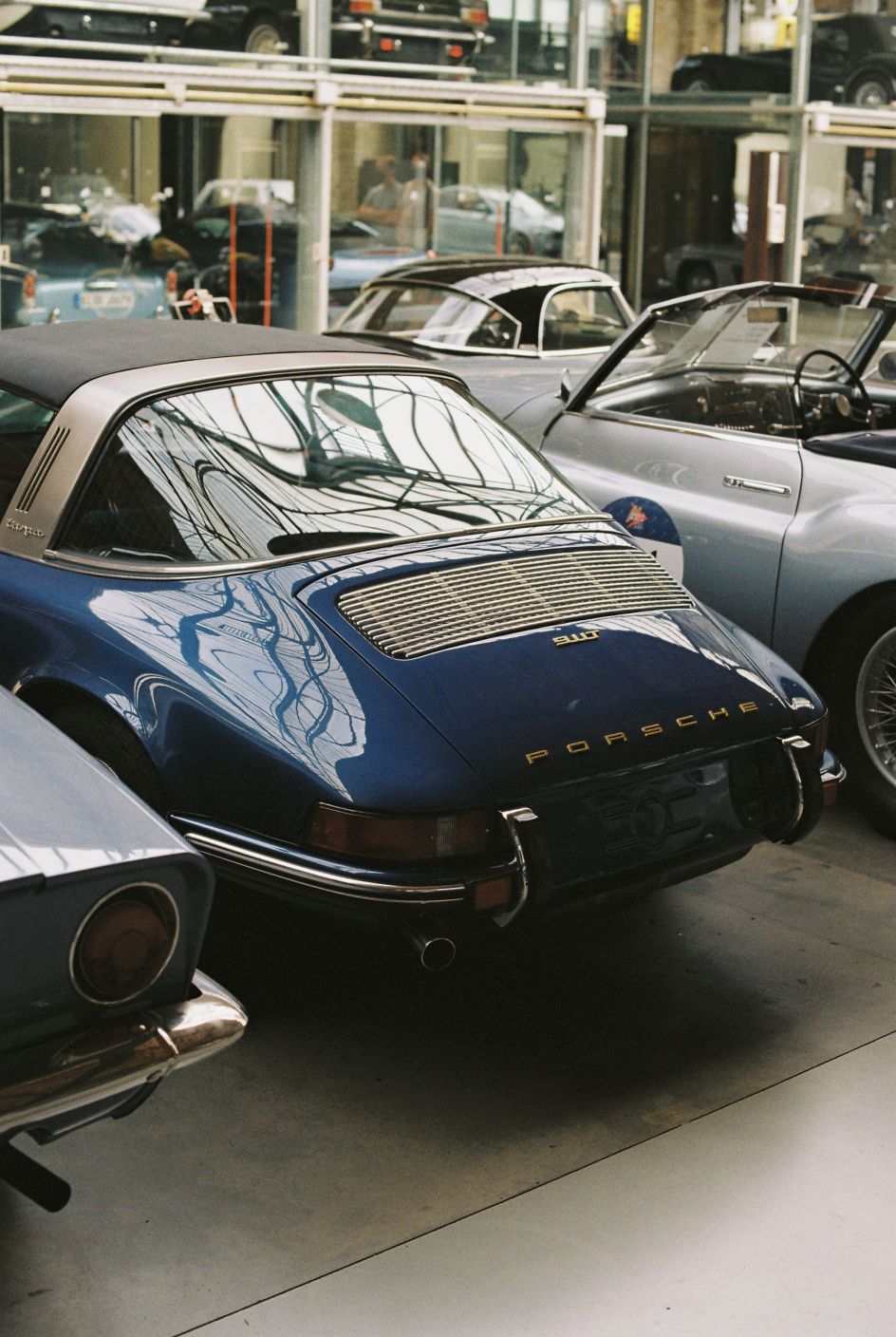
© Kiren
This change in kit has parallelled an evolution of his practice. "My photography has changed as my skills have grown, and the camera has become a part of me," he explains. "I used to trawl the streets of London with a camera in hand trying to capture everyone and anyone to suit frames I had seen in movies. But now, I like to direct the frame myself. Rather than capturing real moments, I'm working on portraiture and editorial work, which has given my work a whole new lease of life and feels like I'm starting all over again.
"I love the opportunities photography brings, the stories, the people and adventures," he adds. "I think it will constantly evolve and grow, and that is a good thing as you need change and to constantly challenge yourself."
Tahiti Abdulbasir: "It was an escape for me."
From everything we've learned so far, the way photography changes how you feel varies hugely from person to person. For Tauhidah Abdulbasir, a native New Yorker, it provided the clear focus she needed in her life.
"Photography has changed the way I feel because when I went back into as a full-time freelancer, it was an escape for me," Tauhidah explains. "Outside of the world of photography lies personal battles and struggles, and it was a way for me to not focus so much on the if, and's or maybes, but on the right now."
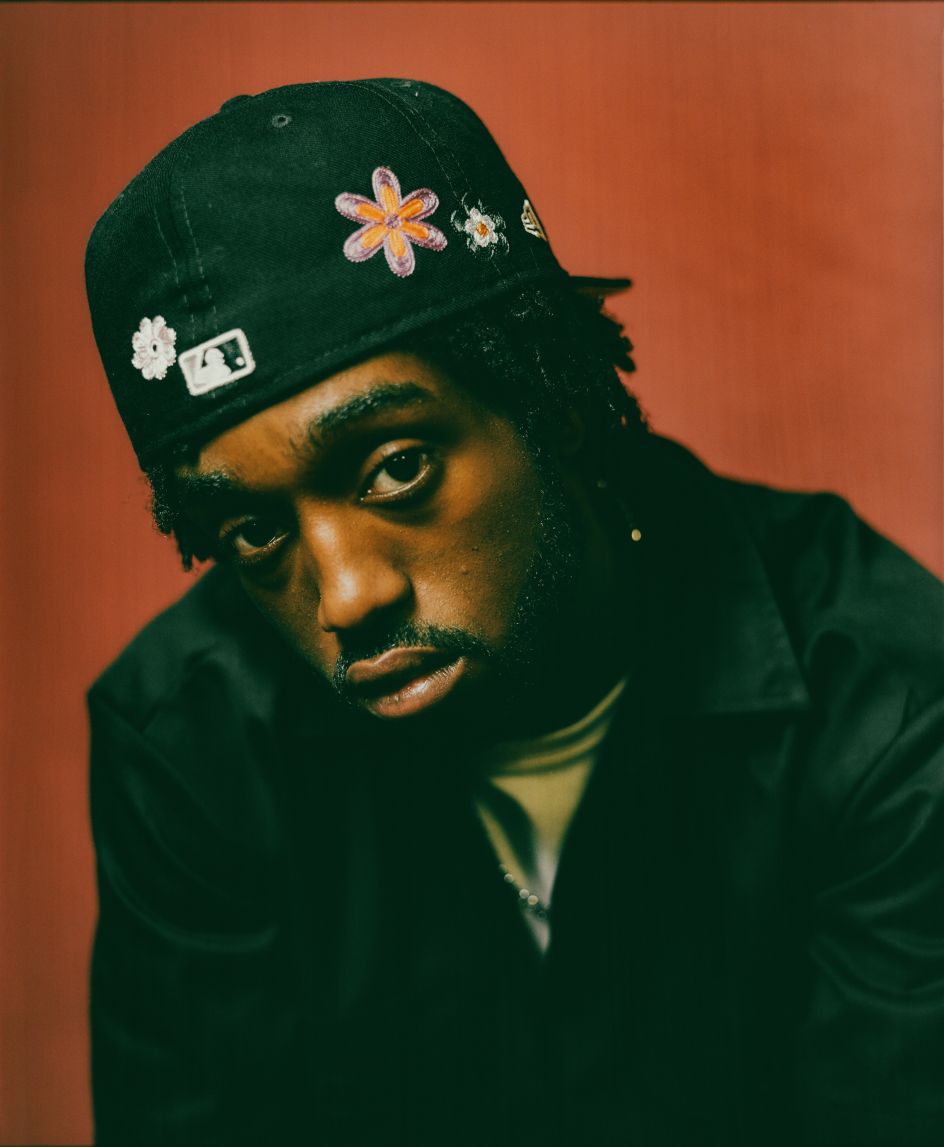
© Tauhidah Abdulbasir
She also likes the idea her photography prompts a change in her subjects too. "Often, we forget there's a world much bigger than what we see and know," she points out. "And when people step in front of my camera, it's an opportunity to see things differently, especially yourself as an individual. Maybe someone might want to change how they wear a garment or play around with the lighting. I like to think the change usually happens organically and when you least expect it to."
She believes it has the power to change the world, too. "I think photography has changed a lot of the world in which we see and live, to be honest," she says. "A book that I reference a lot is Magnum Contact Sheets. It's a chronological look at how photography has evolved in the world of photojournalism and documentary photography. Without documentation through photographs, we'd never be able to understand or grasp narratives outside of our own."
Tahiti's photographic journey
Tahiti's first experiences as an artist began at a very young age, "being surrounded by many of the things people flock to this unapologetic city for," she recalls. "My mom and dad heavily played a role by being immersed in the scene of 1980s NYC and their documentation of that through photographs. Freshman year of college, I purchased my first pro-level DSLR camera, a Nikon D3000, and began testing any and all possibilities I could think of. The people, the communities, and the daily lives of New Yorkers became my backdrop."
She's now shooting with a full film kit: "Mamiya RB67 and a Nikon F100, to name a few. What I love about what I am using now is that my primary camera is older than I am, and yet it remains a workhorse for many young photographers now. It shows how vital circularity is to both digital and film photography. It's also allowed me to slow things down and really think about all the elements that make creating images unique."
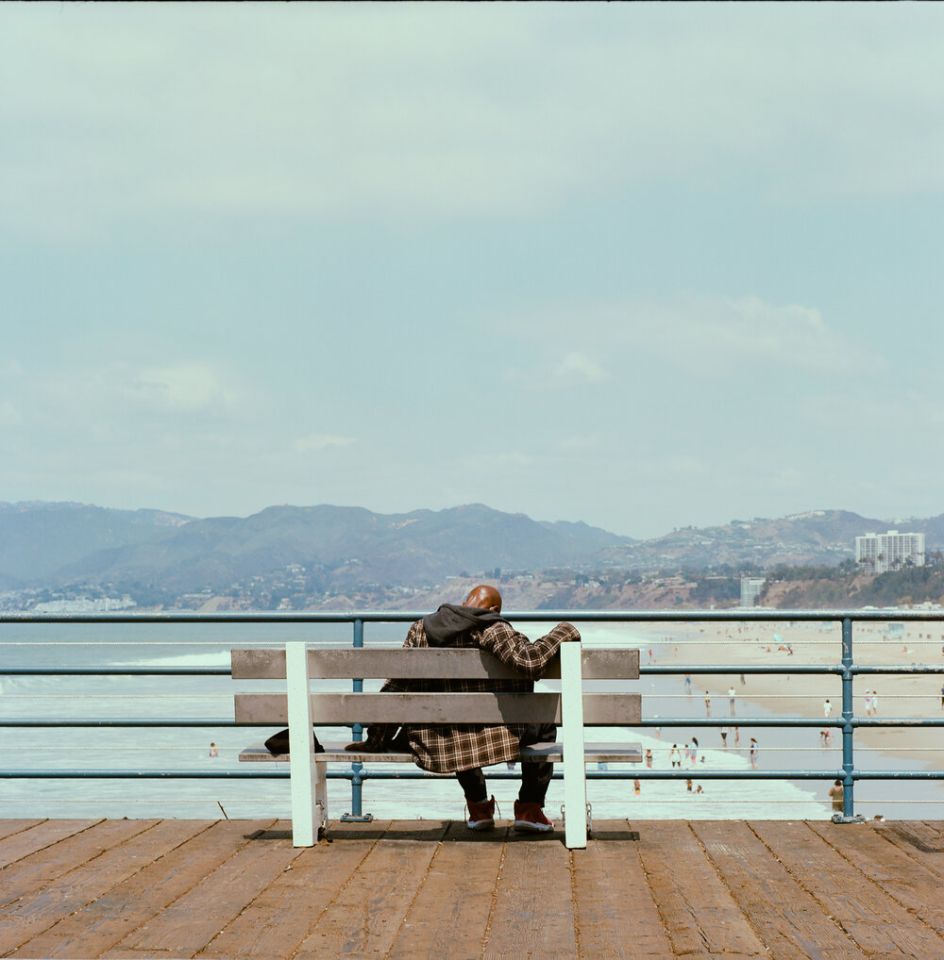
© Tauhidah Abdulbasir
Consequently, she feels her work has improved in strides. "You can see a lot of immaturity in my early work," she says. "I can see that my subjects, as well as myself, were finding our place in the world which didn't make for the best photographs at the time, now looking back. It was difficult to have a voice through my work while ultimately not knowing who I was as a person.
"But now, instead of approaching a photoshoot with the intention of being overly elaborate, I take the time to make sure there is a level of comfort between the camera and the subject, which has changed how all of my work is conveyed."










